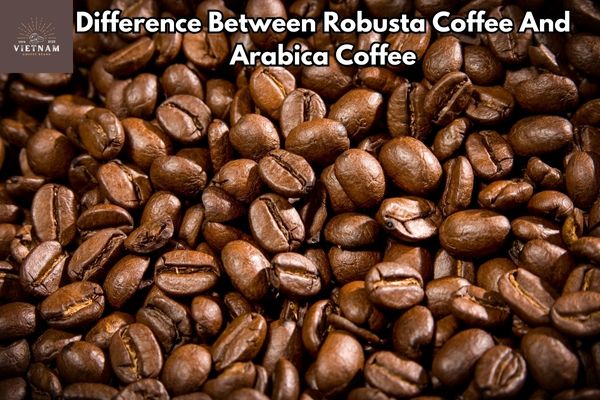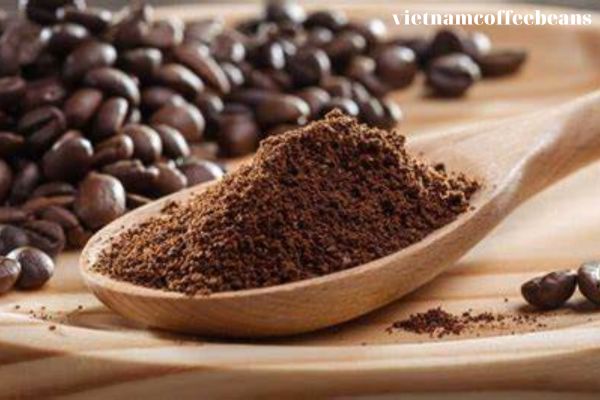Many coffee enthusiasts often ask, “What is the best Chemex coffee ratio?” The secret to a great tasting, robust cup of drip coffee lies in the ratio between coffee and water.
Delving into the depths of the delightful world of coffee, one encounters a captivating concept: drip coffee ratio. This mesmerizing mixture of measurement and mastery is a fundamental element in the art of brewing a perfect cup of drip coffee.
As an avid coffee connoisseur, I have come to appreciate the significance of finding the right balance between coffee grounds and water, which brings forth a harmonious symphony of flavors. The drip coffee ratio acts as a compass, guiding us towards that elusive nirvana where every sip awakens our senses with its rich aroma and robust taste.
But how does one determine this ideal ratio? It requires careful consideration of various factors such as grind size, brew duration, and personal preferences. Experimentation becomes key in unlocking the secrets to crafting that impeccable cup of joe.
Join me on this journey as we explore the intricacies and unveil tips for achieving the perfect drip coffee ratio – your gateway to unparalleled morning bliss.
Key Takeaways
- The drip coffee ratio is crucial for brewing a perfect cup of drip coffee.
- Factors such as grind size, brew time, and personal preferences affect the ideal ratio.
- The coffee-to-water ratio determines the strength and flavor of the brew.
- Experimenting with different ratios can lead to exciting taste discoveries.
Understanding the Basics of Drip Coffee Ratio
Like the precision in our cold brew coffee guide, mastering the right coffee-to-water ratio is key to achieving a rich and full-bodied drip coffee.
Are you ready to dive into the wonderful world of drip coffee and learn about the basic ratio that will help you brew a delicious cup every time? When it comes to brewing drip coffee, understanding coffee to water ratio is crucial.
Exploring different brewing methods can be overwhelming, but finding the perfect ratio ensures a well-balanced and flavorful cup. The coffee-to-water ratio refers to the amount of ground coffee used per unit of water.
This determines how strong or weak your brew will turn out. Generally, a common starting point is using 1:15 or 1:16 ratios, which means one part coffee to fifteen or sixteen parts water. However, this can be adjusted according to personal preference for a stronger or milder taste.
Understanding coffee extraction plays a significant role in achieving optimal flavor in your drip coffee by controlling factors like grind size and brew duration. So, let’s explore the fascinating world of drip coffee ratios!
Importance of Finding the Right Balance
Finding the good harmony between ingredients is like discovering the sweet spot where flavors dance and blend effortlessly. When it comes to drip coffee, finding the right balance is crucial for a delicious brew.
One key aspect to consider is the grind size of your coffee beans. The grind size affects the extraction process, determining how much flavor is extracted from the beans. Too fine of a grind can result in over-extraction, leading to a bitter taste, while too coarse of a grind may result in under-extraction, resulting in weak and watery coffee.
Another important factor to consider is water temperature. The ideal range for brewing drip coffee is between 195°F and 205°F (90°C – 96°C). Water that is too hot can over-extract flavors and make the coffee taste burnt, while water that is too cold will result in under-extraction and blandness.
Learn to make drip coffee provides an excellent opportunity to practice finding that balance. With drip coffee, the brewing duration can be controlled, the coffee-to-water ratio can be adjusted, and the grind size can be fine-tuned to get the desired results.
By finding the right grind size and ensuring proper water temperature, you can achieve a well-balanced cup of drip coffee that highlights all of its unique flavors.
Factors to Consider in Determining the Ideal Ratio
As with mastering the pour over method, understanding the coffee-to-water ratio in a drip coffee brewing process is key to achieving a balanced and richly flavored cup.
To determine the ideal ratio, have you considered the freshness of your beans and the brewing time? These are crucial factors to consider when aiming to achieve the perfect drip brew ratio. The freshness of your coffee plays a significant role in determining the flavors and aromas that will be extracted during brewing.
Stale beans can result in a dull and lackluster cup, while freshly roasted can offer vibrant and complex flavors. Additionally, brewing time is another important factor to consider. A longer brewing time can lead to over-extraction, resulting in a bitter taste, while a shorter brewing time may produce an under-extracted brew that lacks depth.
By carefully considering these factors and experimenting with different ratios, you can find the good balance that suits your personal taste preferences.
Experimenting with Different Ratios
When you’re trying to find the good balance of flavors in your cup, don’t be afraid to get creative and play around with different ratios. Experimenting with different coffee-to-water ratios can lead to exciting discoveries in taste and brewing techniques.
By adjusting the amount of coffee grounds used and the volume of water, you can tailor the strength and flavor profile of your drip coffee to suit your preferences. The ideal will depend on factors such as the origin and roast level of the coffee beans, as well as personal taste preferences.
To help you get started on your experimentation journey, here’s a table showcasing three common ratios along with their corresponding characteristics:
RatioCharacteristics1:15Light body, subtle flavors1:17Medium body, balanced flavors1:20Full-bodied, bold flavors
When experimenting with different ratios, it’s essential to measure your coffee and water precisely in grams to achieve the perfect coffee. Whether using a French press, espresso machine, or a standard cup of coffee, finding the right balance of grams of water and cups of coffee will make all the difference in creating a new and exciting brew.
Don’t skip the opportunity to explore various ratios at home, as you discover the contact between flavors and uncover your own personal coffee preferences. For more information, refer to our privacy policy and the guidelines provided by the Coffee Association.
Remember that these ratios are just starting points; feel free to adjust them until you find the right combination that brings out the best in your chosen coffee beans!
Tips for Achieving the Perfect Drip Coffee Ratio
Start by experimenting with different ratios to discover the perfect balance of flavors in your cup, allowing you to tailor the strength and flavor profile of your brew to suit your preferences. Brewing techniques play a crucial role in achieving the ideal drip brew ratio.
To ensure accuracy, it is essential to use measuring tools such as a scale or measuring spoons. The general rule of thumb is to use one tablespoon of coffee grounds for every six ounces of water, but this can be adjusted based on personal taste.
For a stronger brew, increase the amount of coffee grounds, while for a milder taste, decrease it slightly. Remember that each coffee bean has its unique characteristics and varying extraction rates, so experimentation is key.
By fine-tuning your drip brew ratio, you can unlock the full potential of your favorite beans and enjoy a truly satisfying cup every duration.
If you have a moccamaster, you can follow the moccamaster coffee ratio guide, which suggests using 60 grams of coffee for 1 liter of water, or a 1:16.7 ratio.
Frequently Asked Questions
Conclusion
In conclusion, discovering the delightful drip brew ratio is a journey worth embarking on. By balancing the beans and water just right, you can unlock a world of rich flavors and aromatic aromas. Remember to consider factors like mill size, brewing time, and personal taste preferences when experimenting with different ratios.
With patience and persistence, you’ll soon be savoring the splendid sensation of a perfectly brewed cup of drip coffee. So seize the scoop and start your sensational search for the supreme drip brew ratio!
If you are interested in trying a different brewing method, you might want to learn about percolators. Understanding percolator coffee ratio is essential to avoid over-brewing or under-brewing your coffee.
Hope you get useful information from the article, If you want to read other article or want to read more about coffeebeans, please visit the website: vietnamcoffeebeans.com
Thank you!






